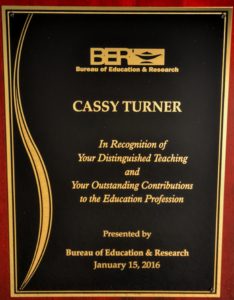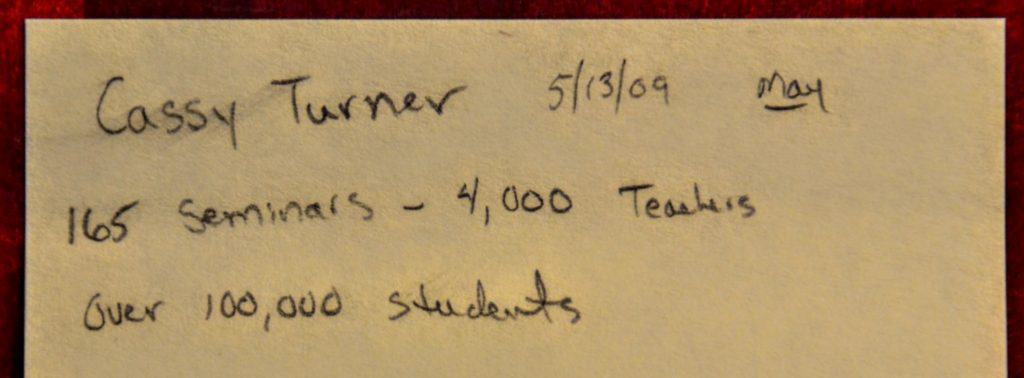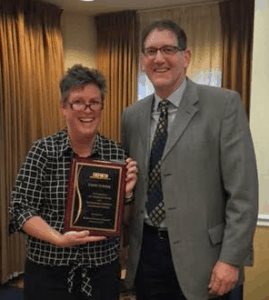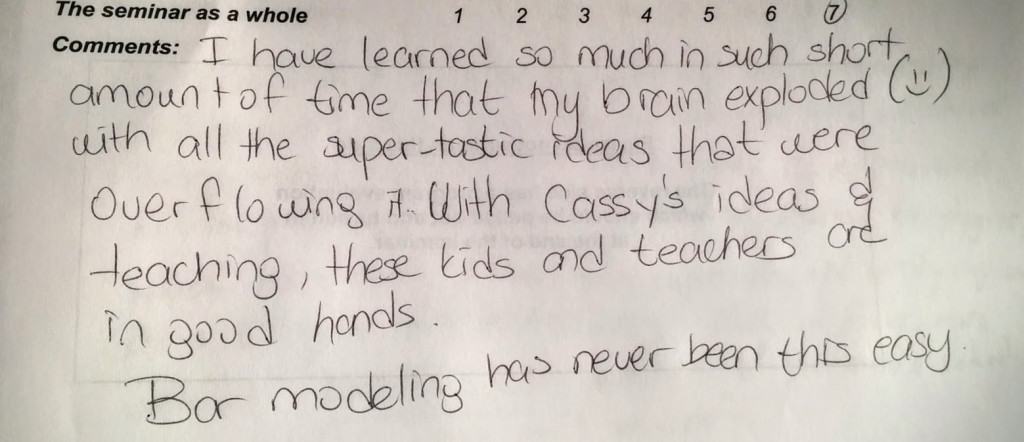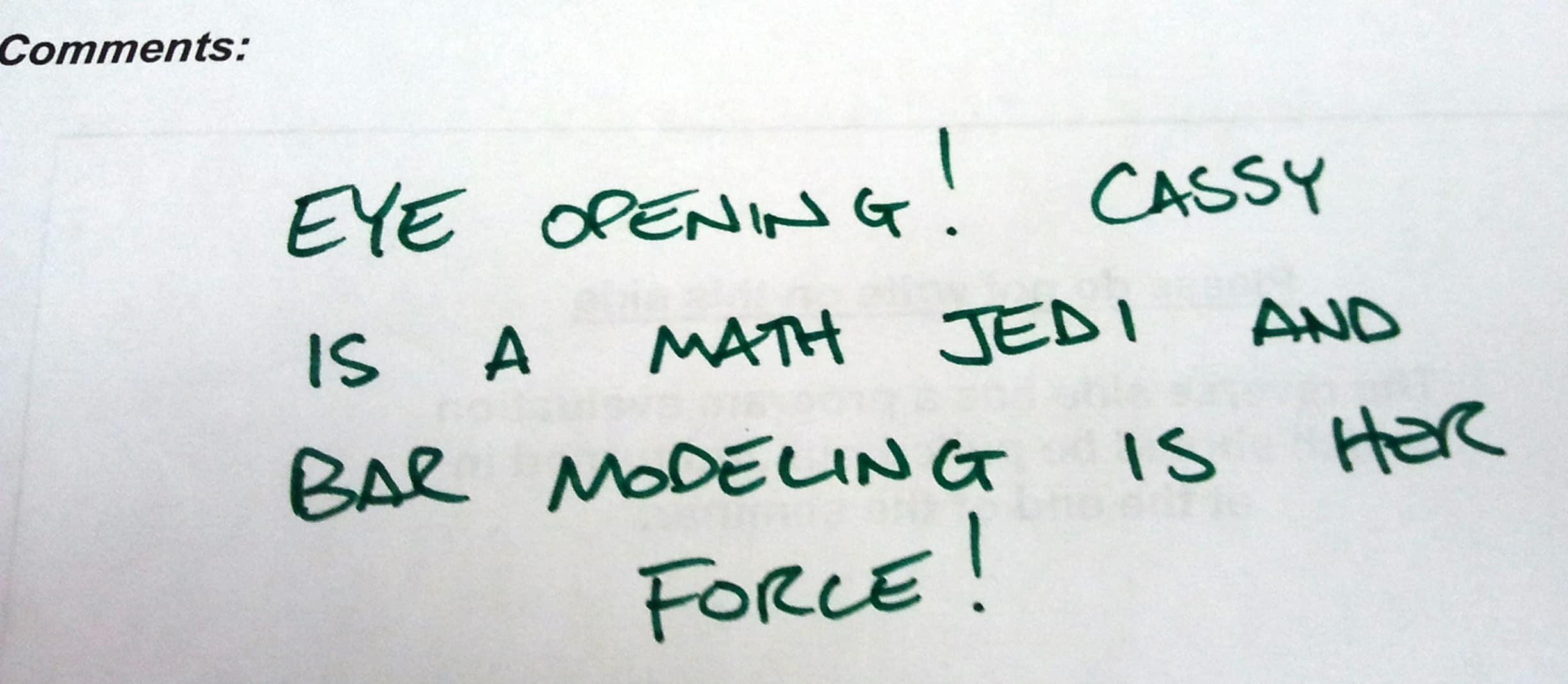In 2015, Beth wrote about the Primary Mathematics adoption process at St. Anne’s-Belfield School. Here’s an update on the school’s progress.
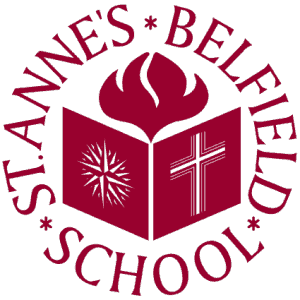 As the year winds down and I look back at all that my students have learned this past year, I still feel panicked at what’s left to be covered. This is the end of a 3-year adoption cycle of Primary Mathematics and while I’ve been able to cover more curriculum than in the previous 2 years, I am still left wondering, “How can I fit it all in?”
As the year winds down and I look back at all that my students have learned this past year, I still feel panicked at what’s left to be covered. This is the end of a 3-year adoption cycle of Primary Mathematics and while I’ve been able to cover more curriculum than in the previous 2 years, I am still left wondering, “How can I fit it all in?”
In the fall of 2013, we adopted the Primary Mathematics curriculum in Kindergarten through sixth grades. We knew this would come with its challenges but felt strongly that if we were going to offer our students the “world’s best mathematics curriculum,” then we needed to offer it to all, not just those who made the K, 1, 2 cut.
With this plan, we knew there would be time spent filling in holes in our first year, teaching skills and concepts that the students were missing, and building a solid foundation in number sense and place value. We accepted the fact that we would not cover all of the curriculum that first year, and worked with Cassy Turner to develop a sequence for each grade level that included teaching critical lessons from prior grade levels.
Year 2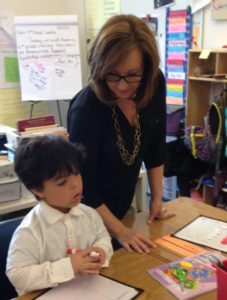
In the second year, teachers were feeling a sense of relief. We’d made it through that challenging first year. We experienced the curriculum from start to finish, well – at least our version of it, and we felt confident. We weren’t faced with the need to back-teach (as much). Our students entered the year having learned and retained a deeper understanding of those critical math concepts.
With Cassy’s advice, we created a new plan for our second year. We knew the lessons that had been skipped the previous year and teachers worked together to map out a Kindergarten through sixth-grade sequence that allowed us to get further through the content, and more importantly, accounted for previously omitted lessons. If we didn’t teach a lesson on geometry to our third graders our first year, we made sure those students would get those lessons in fourth grade our second year.
The year ended, and our standardized test scores showed slight increases in problem solving and algebra readiness, both areas of statistical concern with our previous curriculum.
Year 3
Entering year three, we felt confident in our abilities to deliver lessons. Along with our students, our staff had developed a deeper, conceptual understanding of math. We were able to effortlessly explain new concepts, differentiate on the fly, and anticipate misconceptions. We incorporated anchor tasks, journaling and finally had a grasp on how to effectively use all of the materials.
We entered the year with the goal of teaching the entire curriculum. Halfway through the year we were teaching material nearly a month ahead of our previous two years and felt really good about it. Then came…
- rehearsals for performances
- grandparents’ day presentations
- spring field trips…
- field day…
- and all sorts of other school commitments.
By April, we had just about lost the scheduling lead that we had enjoyed in December.
So, here I find myself once again faced with the task of choosing one lesson over another and prioritizing the importance of skills and concepts that I may or may not have the time to teach. Fortunately, the list to choose from is smaller than in the years before. I’ve been able to cover almost all of the material, nearly reaching the goal.
I consider myself lucky to have been in a situation of specializing in math in the lower grades over the past 3 years. I have been able to experience the strengths of the sequence, which in my mind, is one of the pillars of success of a Singapore Math curriculum. Going forward, I know it will be easier to thoughtfully prioritize content to eliminate the risk of creating gaps or holes in student learning that could potentially weaken their foundation.
As I leave the school, I look forward to bringing this wealth of knowledge that I gained over the past 3 years to Math Champions and look forward to assisting other schools that are facing the question of, “How can I fit it all in?”
